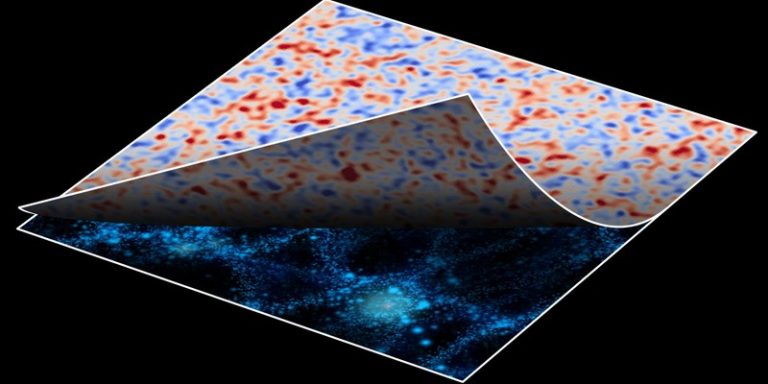
The National Astronomical Observatory of Japan (NAO) has just announced the creation of a technique that exploits AI to reveal the true picture of the universe. Using AI, researchers were able to notice specific details in these images that were previously unobservable. The method used by the researchers eliminates the interference that can exist in observable astronomical information and often generated by the phenomenon of weak gravitational lensing.
A study combining artificial intelligence, astronomy and supercomputing
The objective of the study carried out by Masato Shirasaki, Kana Moriwaki, Taira Oogi, Naoki Yoshida, Shiro Ikeda and Takahiro Nishimichi of NAO, is to remove or reduce potential interference (or noise) to improve the mass mapping of the observable Universe. They explained their AI-based technique in a scientific paper.
In order to carry out their work, the research team used the ATERUI II supercomputer, considered one of the most powerful in the world, and which has already been used in studies dedicated to astronomy to design some simulations aimed at providing answers around some of the mysteries that the Universe offers us.
Masato Shirasaki, the lead author of the publication, clarifies how useful transdisciplinarity is for solving complex problems:
“This research shows the benefits of combining different types of research: observations, simulations and AI data analysis. In this era of big data, we need to cross traditional boundaries between specialties and use all available tools to understand the data. If we can do this, it will open up new areas in astronomy and other sciences.”
A method relying on deep learning and generative adversarial networks
The researchers proposed an approach that exploits deep learning and generative adversarial neural networks (GANs) to reduce interference in maps where weak gravitational lensing can be observed: a phenomenon that occurs when a very massive celestial body (such as a cluster of galaxies) is located between an observer and a light source at a very great distance. The light rays will be deflected, usually distorting the images the observer receives.
Image translation was applied to these GANs using 25,000 catalogues of “fake” galaxies constructed from real data provided by the Subaru telescope, thus including a significant portion of the observable space. The researchers then added “realistic” interference to these data sets and trained this AI to retrieve optical dark matter from the fictitious data.
This new method has a significant advantage for astronomers: it should make it possible to know if a galaxy is really distorted or if this distortion is induced by the phenomenon of weak gravitational lensing. In addition, some previously unobservable details have allowed researchers to better understand cosmic dark matter and validate a leading mass distribution consistent with the standard model of cosmology.
Translated from Le deep learning utilisé pour aider les chercheurs à mieux observer et comprendre l’Univers









